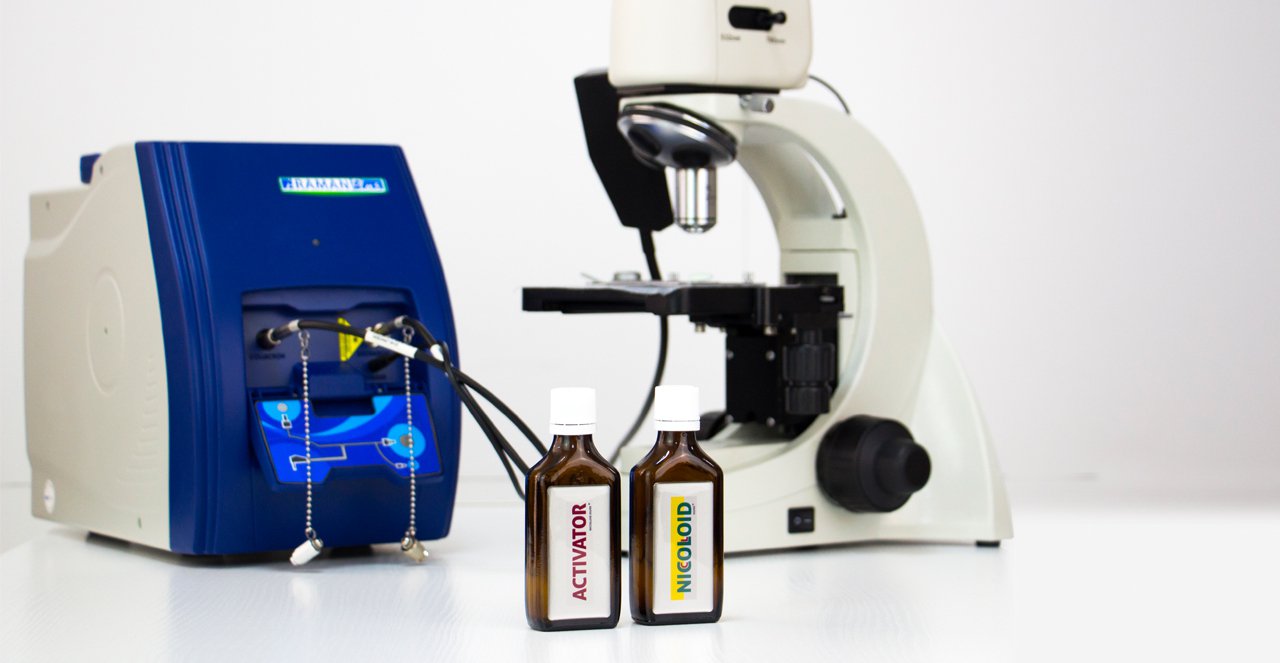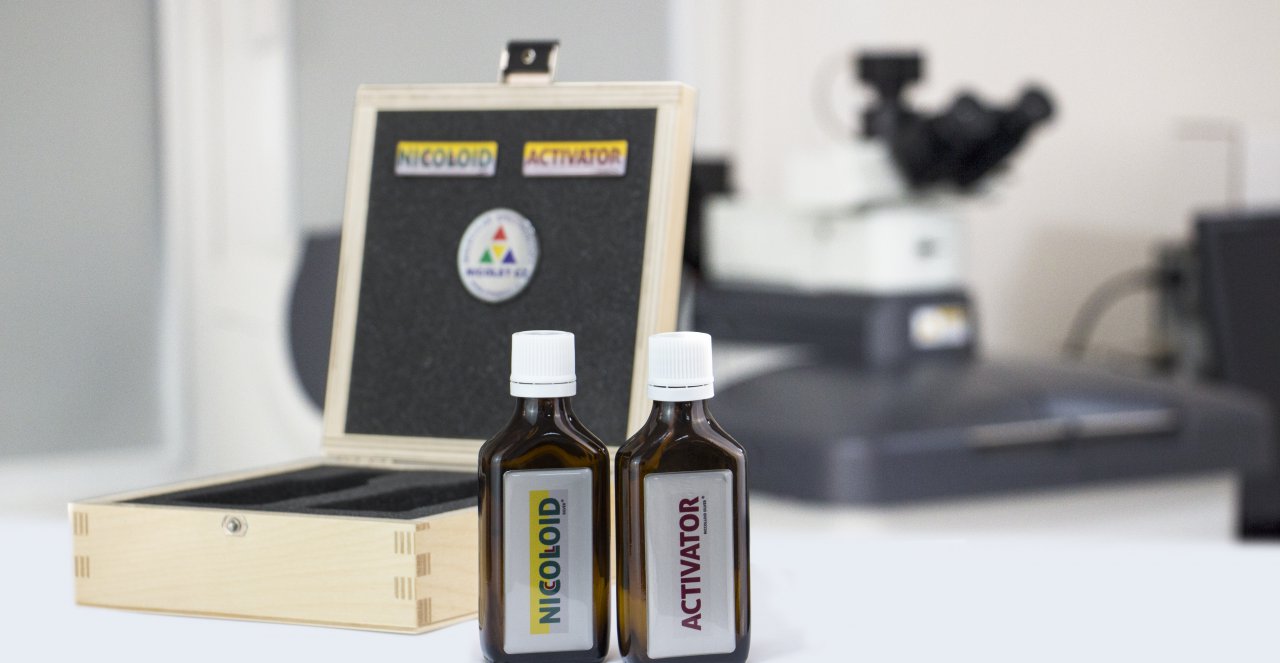Description
Niccolloid Silver consists of two solutions - colloid and activator. Colloid contains colloidal silver, which are very stable silver nanoparticles. After adding the activator in a ratio of 9:1 (nine parts of colloid and one part of activator) and ensuring access of oxygen by thoroughly mixing the solution, nanocrystals begin to grow. Within a few minutes (depending on the wavelength of the selected laser) the sample can be added to the solution and the Raman spectra can be measured.
This process is highly reliable and the measured spectra are very well reproducible; in addition the speed of the entire process saves the time required to prepare the colloid - often as many as twenty four hours. Niccolloid Silver comes with detailed instructions.
Niccolloid Silver offers:
narrow distribution of nanoparticle size and reproducible SERS spectra
preparing the sample for measurement within a few minutes
high comfort during measurement
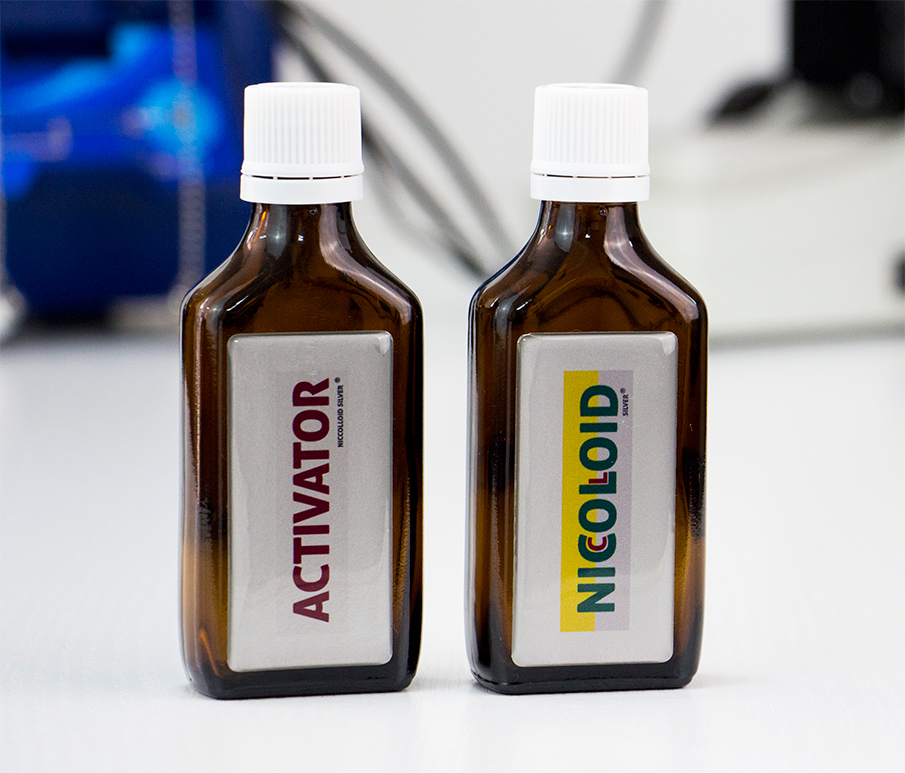
Theory
Raman scattering is a phenomenon which occurs when electromagnetic radiation interacts with matter. Approximately one photon per million is scattered inelastically and a part of its energy passes to the system (Stokes scattering) or an amount of energy is transferred from the system to the photon (anti-Stokes scattering). Since this phenomenon was predicted by the Austrian physicist A. Smékal and it was observed by Russian scientists GS Landsberg and LI Mandelstam independently of CV Raman, it is also known as combination scattering, Mandelstam scattering or Smékal-Raman scattering. As the measured spectra carry information about the vibrational states of molecules, Raman spectroscopy is particularly suitable for identification and verification of substances or studies of conformational changes of molecules.
If the studied molecule is adsorbed on a suitable metallic substrate (most commonly silver or gold), we observe Surface-Enhanced Raman Scattering (SERS). The gain of SERS is significantly higher than classical Raman scattering signal, the enhancement factor varies typically from 104 to 106. The most frequently used nanostructures are in the form of colloids, electrodes or thin films. Two mechanisms contribute to the significant enhancement of overall gain: the first is electromagnetic, which greatly amplifies the intensity of the scattered light due to the resonant excitation of surface plasmons in the metal, the other is the chemical - the strong interaction of the molecules and the metal surface increases the molecules’ polarizability.
Besides a significant amplification of the obtained signal, the other considerable advantage SERS is the effective fluorescence quenching which occurs due to the interaction of studied particles with the metal surface. The fluorescence is a frequent complication
Buy productApplications
The most important advantage of SERS is the significant enhancement of obtained Raman scattering signal and fluorescence quenching. Therefore; SERS can be applied e.g. in the identification of substances of extremely low concentrations or in the studies of biomolecules. This method finds its place in many fields: biology, food industry, forensic applications, pharmaceutical industry or art restoration.
| Drug analysis | Identification of bacteria | Art restauration |
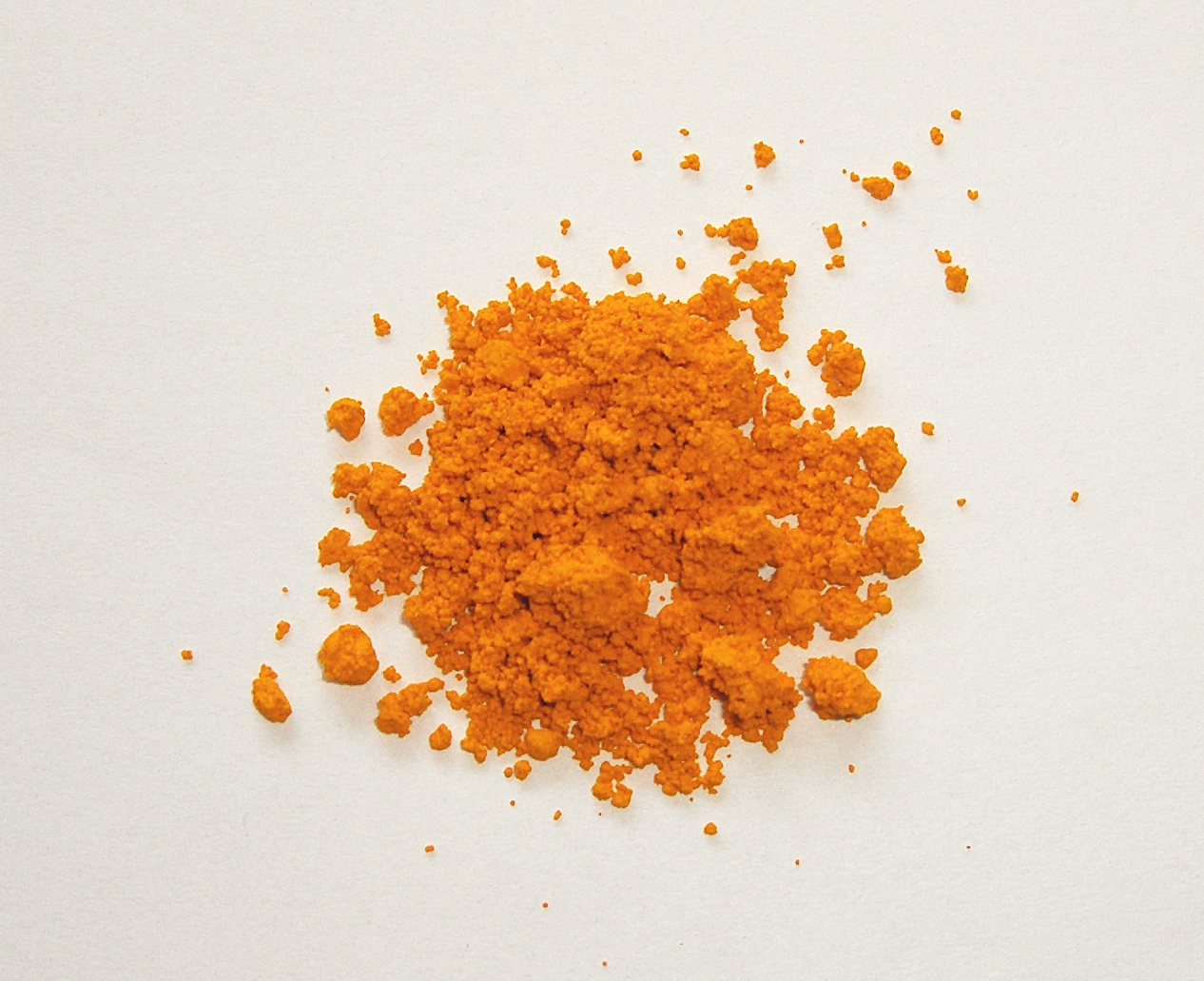 |
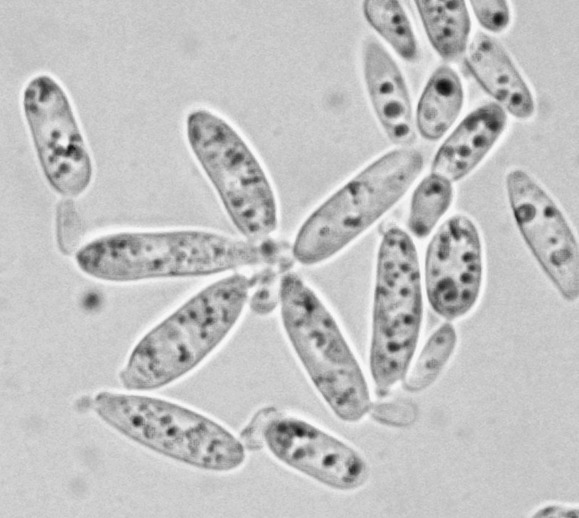 |
 |
|
Heroin, or sugar? Drug analysis is a very important issue forensic analysts. To identify unknown and potentially dangerous substances conventional Raman spectroscopy can be used; however, in the case of the substance which exhibits a high fluorescence or its amount is too small, e.g. in the form of faint white marks on the bill, we can take advantage of SERS - the fact that this method effectively quenches the fluorescence and the amount needed for the analysis, in comparison with other methods, is negligible. |
There are hundreds of milions of species of bacteria, many of which are patogenic. They can cause serious diseases like cholera, tetanus, typhoid fever or pneumonia. In the fight against bacteria humanity got the precious help - the discovery of antibiotics; yet, even they are not almighty. With growing overuse of antibiotics more and more resistant strains appear. Accurate and swift identification of bacteria is therefore crucial for deciding which antibiotics are appropriate for a given disease. SERS can be easily and quickly used to determine the type of bacteria and thus significantly contribute to saving lives. |
The art of restauration breathes life into our history but sometimes is the procedure used in the past shrouded in mystery. And just that is the moment when great challenges for restorers appear. What is the rare item made of? What Leonardo da Vinci used to paint the Mona Lisa‘s smile? The chemical composition of some works is not always possible to reveal using common methods, either because of fluorescence or simply because it is not possible to take a sufficient amount of the sample. Application of SERS requires minimal sample volumes and effectively quenches fluorescence. |

